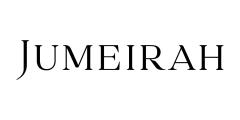Things to Do in Bali
- Visa & Entry
- Save%
- Book
- Stay
- Guide
Bali Travel Guides - Smart Travel Planning for the Island of Gods
- To Do
- Culture
- Events
What's on Bali
BALI EVENTS CALENDAR
upcoming events & festivals
BICC - The Event Space in Bali
Bali INternational Convention Center

NYEPi - DAY OF SILENCE
Balinese New Years Festivals
Events at Desa Potato Head
Seminyak
Bali Nightlife
Get ready for the Night
























